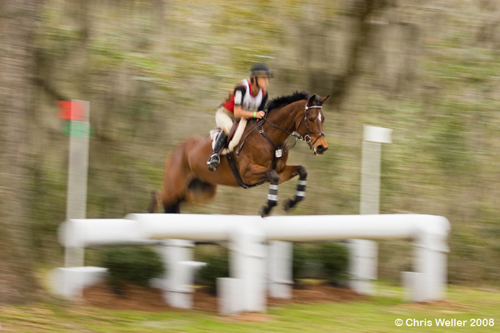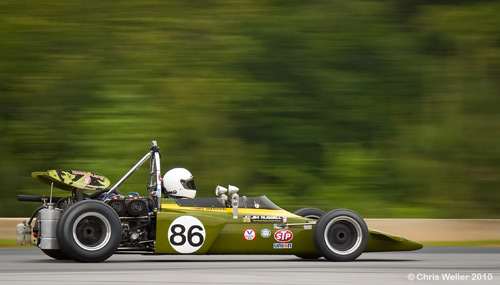Featured Products
Dilemmas of whether to allow blur or freeze the action to follow photographers whenever moving objects are in reach.
Digital motion photos turn to be the ultimate test for a photographer. Taking sense appealing pictures is a matter of balancing the camera between blur and freeze. Should one avoid freeing off some motion through the photo? If the answer is yes, what are the methods? Or do light trails and motion blur make for more fascinating pictures?

Moving horse appearing sharp on a blurry background. Photo credits: Chris Weller
Freezing action techniques
There is no universal method to capture still pictures of moving objects. Everything depends on the situation one finds oneself into. Tech heads have it nonetheless that shutter speed and electronic flashes are the answer to the problem.Well, high shutter speeds need more light than usual. The effectiveness of such a feature gets depleted when one deals with an action going past, towards, or away from the camera.
Nobody will be able to tell from the picture which way the subject took to. When using an electronic flash, the split second it fires is enough to capture motion. That is true, provided the object is just a few meters away.
Unluckily, passing cars and shooting guns aren’t so near. This is why you should consider buying a “speed light”, because that is a larger flash good enough to illuminate the object.
Pan photography technique
However, there is a method to grow out of shutter speed, and follow the moving object by moving the camera in the same direction. This way, the object remains focused and the background keeps a sense of motion.

Panning camera – the best solution to capture fast moving cars. Photo credits: Chris Weller
On the other hand, the amount of blur you would want to allow depends on the shutter speed. A moving car calls for 1/ 60 of a second, while a bicycle for 1/ 10 of a second.
A larger zoom interferes with the sharpness of the image and asks for faster shutter speeds. But a wide-angle lens solves the problem, because it induces less camera shake.
Burst shooting is also a good technique to mix both blur motion and freezing action. In addition to that, adding flash for ghosting further lowers shutter speed. Afterwards, second curtain-sync is the last step in obtaining the desired ghostly moving trail.
Look the other way towards long exposure
Another way to capture fast moving objects is by increasing exposure times for up to 1 minute. And that works mostly for film cameras. Here is an example.

Notice red traces from a M60 and white traces from twin 40 mm anti-aircraft guns
Photographer James Speed Hensinger, a Vietnam combatant used a 35mm Nikon FTN with a 50 mm f/1.4 lens to capture gunfire motion, while his camera was absolutely motionless on sandbags.






































